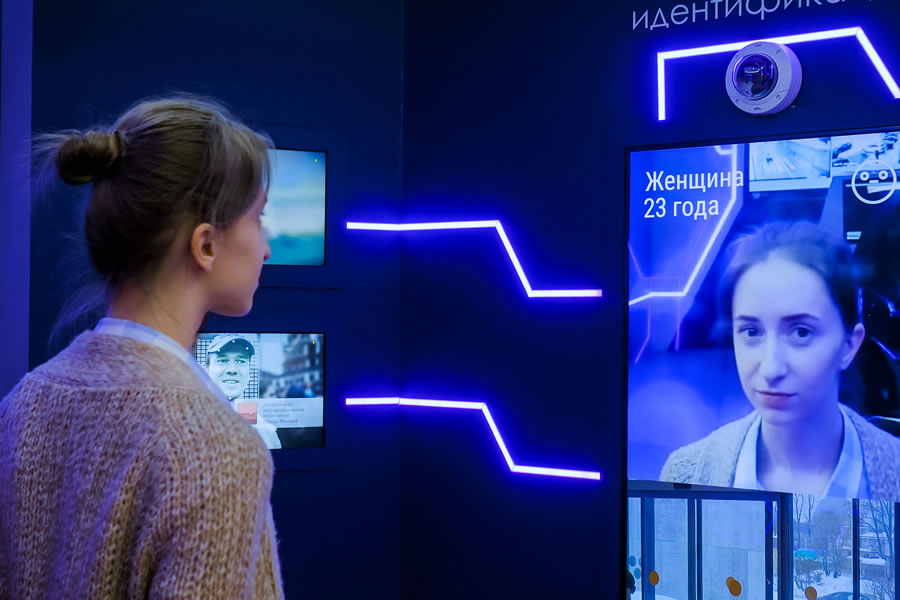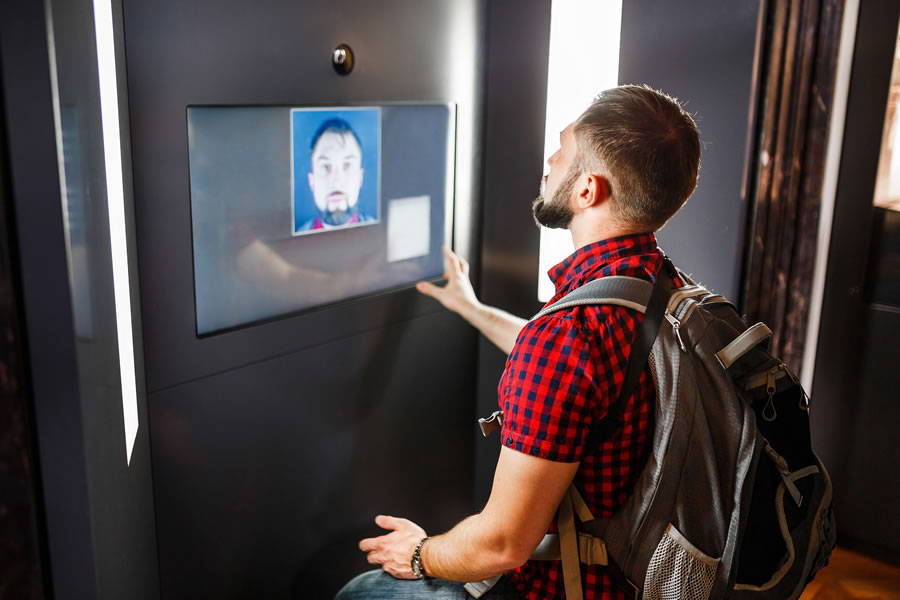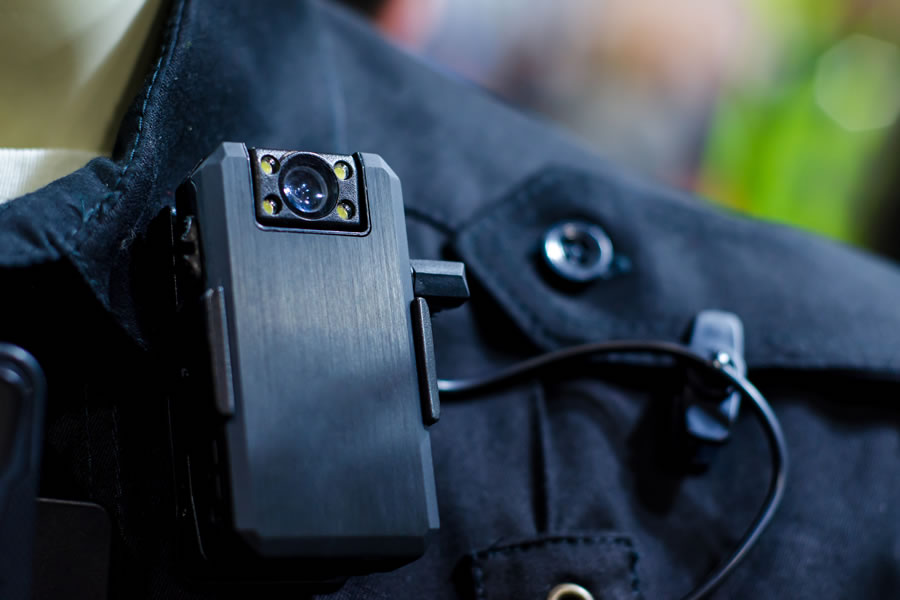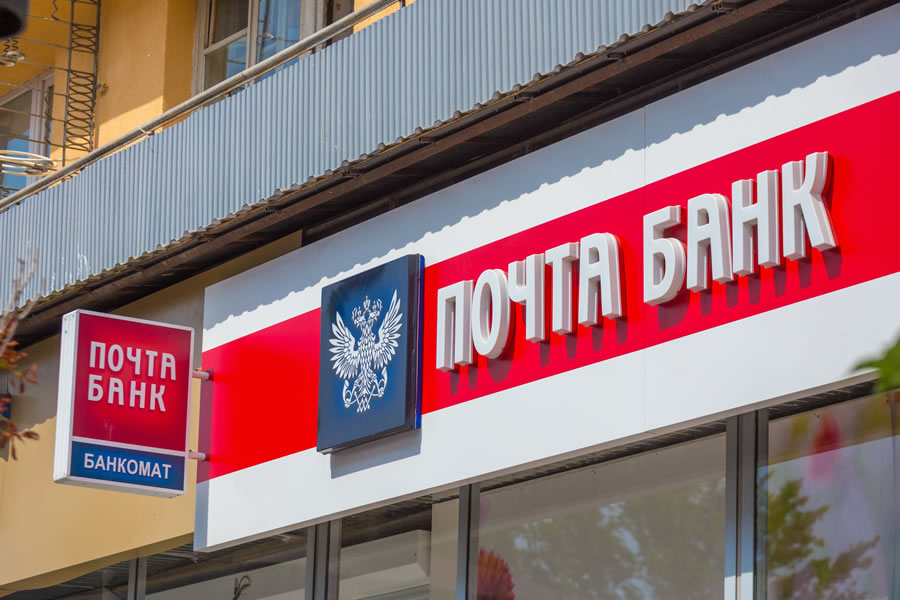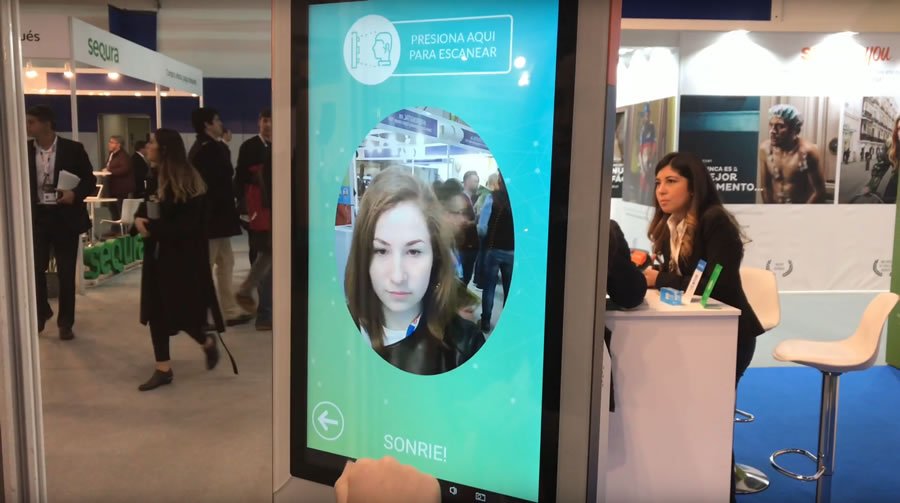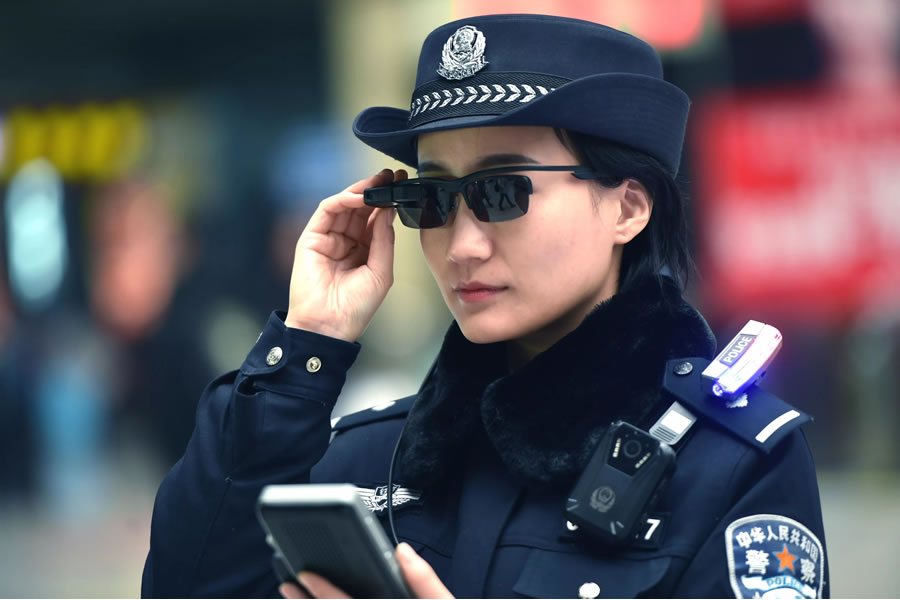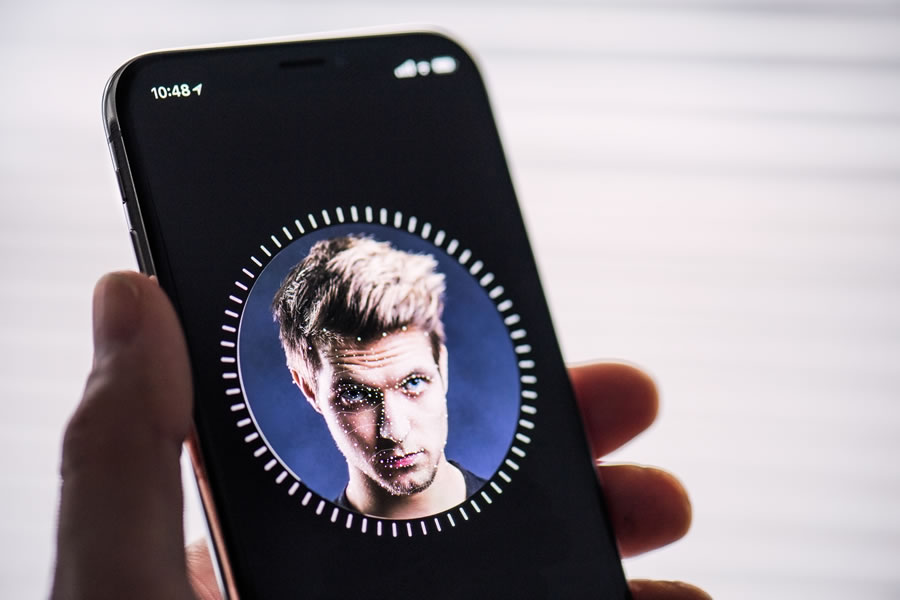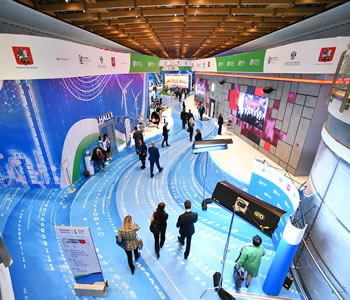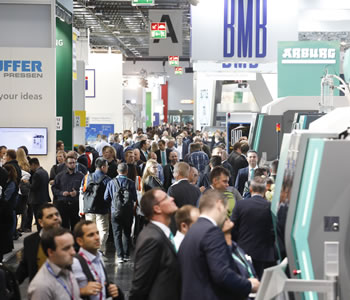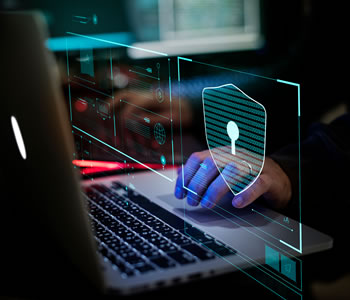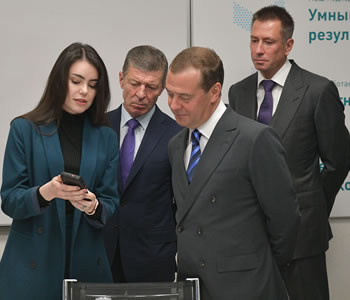Thanks to facial recognition systems, the biometric technology market in Russia is growing at 36% a year. Experts are predicting an expansion into new segments, with Russian companies – SIBUR among them – increasingly relying on innovations to steer in their preferred directions. Facial recognition is most widely used for access control, culprit identification, employee attendance management and payment authorisation.
Facial recognition is a convenient and effective authentication technique with no password required. By the end of 2018, its share in the Russian biometric technology market had grew to almost 50%, said J'son & Partners Consulting, citing an impressive three-year CAGR of 106.7%. Experts attribute the growing demand to a technological breakthrough in machine learning along with large investors’ willingness to pour money into start-ups developing facial recognition algorithms. The technology is also broadly welcomed by the government, with the support covering such areas as regulatory improvements.
By the end of 2018, the share of face recognition in the Russian biometric technology market had grew to almost 50%, according to J'son & Partners Consulting.
Facial recognition uses
The most popular uses of facial recognition include:
Access control
According to J'son & Partners, the share of access control systems based on facial recognition has grown fr om 0.7% to 11% since 2014. “Facial recognition is used for access control at industrial facilities and is particularly important in preventing employees from swapping or lending their access cards,” says Dmitry Antonov, Senior Product Manager at Intelligent Security Systems. “Today’s facial recognition systems have anti-spoofing capabilities enabling them to automatically distinguish a real face from a photo. They prevent false verification in cases like someone's showing a photo of another person instead of their own face or an employee's presenting a picture of an absent colleague.”
A facial recognition system concept at Smart City Expo Moscow 2019.
The technology can be used to restrict access to an apartment building or smaller areas inside it.
Face recognition is broadly welcomed by the Russian government, with the support covering such areas as regulatory improvements.
At SIBUR, we use it for employee and visitor identification as part of access control at our offices. “Facial recognition is now also being introduced at our canteen so that staff can pay for their meals in a more efficient and convenient way. It relies on optical recognition of biometric data, which is based on neural network algorithms,” says Vitaliy Kuptsov, Information and Technical Security Director at SIBUR.
This is a tailor-made solution, meaning it has not been pre-packaged or pre-configured. The selection process included testing of various options available in the market and was based on a mix of criteria including the margin of error, performance, anti-spoofing protection and integrations with other access systems.
The technology does not require direct contact with the reader as it relies on face biometrics rather than iris, palm- or fingerprint, or other biometric modalities. At the same time, the process is very straightforward and can run within SIBUR's existing multi-platform infrastructure, which means no replacement and no extra costs are required.
Facial recognition is based on optical identification and does not require direct contact with the reader.
The system has reduced access control risks associated with the human factor, making unauthorised access involving card swaps impossible. Other benefits are improved employee and visitor convenience and better automation thanks to a number of self-registration terminals installed.
Today’s facial recognition systems have anti-spoofing capabilities enabling them to automatically distinguish a real face from a photo.
Culprit identification
The Russian Ministry of Internal Affairs is now testing facial recognition cameras. If the tests are successful, this functionality will be added to body cameras already used by police officers. The new equipment is a bit smaller than a walkie-talkie and is worn on clothes. It recognises human faces in real-time video and sends relevant data to a remote server using its own SIM-card. In some countries like the U.S. and China, police forces also use smart glasses.
Police officers use body facial recognition cameras wearable on clothes.
For many businesses – retail chains in particular – timely identification of blacklisted individuals, be it known shoplifters or suspects, is a matter of great concern.
“Video surveillance covers the entire floor area, with facial recognition systems installed at the entrance across a retail chain's network. Identified offenders are found in the facial recognition system records and put on the blacklist. Blacklists are regularly updated and synchronised across the retail chain's network, enabling the system to identify offenders at any store and notify the security officer accordingly. These systems also enable search against external watchlists, such as those of missing people,” says Intelligent Security Systems’ Dmitry Antonov.
A similar system is used by Baucenter in Kaliningrad, with cameras installed at the control point automatically recognising and photographing human faces. The images are then compared against the database, and if a blacklisted individual is identified, the security officer is notified in just one or two seconds.
Recognition systems at Baucenter hypermarkets in Kaliningrad use a shared culprit database and can run search against missing people watchlists.
At SIBUR, we use it for employee and visitor identification as part of access control at our offices.
Customer identification in banking
Russian banks have been collecting customer biometric data since 1 July 2018. After successful authentication, customers can open bank accounts or apply for a bank card at a web portal offering public services via voice or image recognition.
Alfa Bank collects biometric data for the national Unified Biometric System (UBS) at more than 100 branches across the country.
According to Damir Battulin, Head of Online Development at Alfa Bank, the UBS is intended to create a level-playing field in customer acquisition for all banks regardless of their network size. “With the UBS in place, customers who have once submitted their biometric data at one bank will be able to apply for banking products and services at others online without any further visits,” says Damir Battulin.
At Alfa Bank, data collection is quick and simple for customers and employees alike. Its proprietary software gives account managers graphic and text hints for making facial images and recording voice, which takes just some five minutes on average. “Going forward, virtually all banking services can be accessible using biometric identification, but it takes quite a time to develop new products and processes,” says Damir Battulin. “As the market is just at its onset, only basic banking products like debit cards or deposits are now available via remote customer identification.”
Solutions for time and attendance management have been gaining traction, especially among the employers whose staff mostly work in shifts or on a flexible schedule.
Andrey Shurygin, Head of Biometric Technology at Post Bank, shares some insights about using the technology at the bank’s 3,500+ outlets: “We capture the customer’s facial image during their first visit and later use it for identification along with an ID. This gives a 100% protection against fraudsters trying to gain access to bank accounts or transactions with a fake or lost passport. Also, customers can take and upload a selfie to confirm suspicious transactions right in their mobile app”.
Post Bank captures the customer’s facial image during their first visit.
Employee attendance management
Evgeny Lukin, Chief Operations Officer at ORBL, points to growing interest for time and attendance management solutions among employers. An employee time clock app works on a tablet using a camera and facial recognition to verify attendance and work hours and create reports.
Going forward, virtually all banking services can be accessible using biometric identification.
Such solutions are highly popular with the employers whose staff mostly work in shifts or on a flexible schedule as they reduce the paperwork and ensure smoother control with accurate attendance verification.
Back in 2017, this kind of software was tested by the Econika footwear chain. Employees could easily identify themselves just by looking into the tablet's camera, with facial recognition taking less than one second on Wi-Fi connections or two to three seconds on mobile data ones.
Digital payments
In March, eShow in Barcelona saw the unveiling of ORBL's prototype payment kiosk based on facial recognition and developed jointly with a European payment system provider. Before using the kiosk, one needs to add a bank card or e-wallet and take a selfie in the mobile app. Money will be debited directly from the buyer’s account. This technology can help if regular payment methods are not available and reduces the risk of unauthorised card use by a third party.
“The Unified Biometric System can also be used for video identification at cultural heritage objects,” says Andrey Khrulev, Director of Business Development for Biometrics at Speech Technology Centre. “Among the pioneers in implementing biometric employee access control systems was the Hermitage Museum. It has also launched biometric entry passes as part of a pilot project for visitor recognition and matching against the photos stored in the UBS.”
A prototype facial recognition payment kiosk at eShow in Barcelona.
Visitor management for stadiums
Petrovsky Stadium in St Petersburg has embraced biometric technology in 2014, turning to developers after the 2013 mass riots at sports arenas. For clubs playing at Petrovsky, the use of access control systems translated into meaningful cost savings and bigger profits.
Among the pioneers in implementing biometric access control systems for employees was the Hermitage Museum. It has also launched biometric entry passes as part of a pilot project.
According to Andrey Khrulev, such systems have been rolled out at ten arenas in Russia. They are used to identify blacklisted fans banned from games by court and verify the identity of personal pass holders, providing quicker access to sports facilities and making them safer and more convenient for visitors.
Smart City
“Measures to introduce public surveillance systems using biometric identification and video analytics are part of the basic requirements contemplated in the Smart City Standard of the Russian Ministry of Construction, Housing and Utilities and are slated to be implemented no later than 2024,” says Dmitry Starikov, Project Manager at the Skolkovo Foundation’s IT Cluster. “In 2018, we completed the first-phase roll-out of a large-scale smart street security system based on facial recognition in St Petersburg,” says Andrey Khrulev. “Our solutions have been implemented under safe and smart city projects in five Russian cities.”
“Another major area of interest are anonymised data sets of individual trips around the city,” says Dmitry Starikov. “This type of analytics can help improve the performance of public transport and identify the best locations for cafés, restaurants, shops and other small or medium-sized businesses so they enjoy faster growth.”
Facial recognition smart glasses by China's LLVision. Photo courtesy of new.qq.com.
Facial recognition on the rise
The rise of facial recognition is driven by its broader use in drones, laptops, ATMs and other equipment. Smartphones with this technology have been proliferating. Counterpoint Research expects that their sales will exceed one billion devices in 2020.
Experts also point to the technology’s expansion into new market segments.
STC's Andrey Khrulev says: “In addition to the banking and public services sectors, collecting and using biometric data opens up new opportunities for healthcare, education, electronic workflow management and other areas. The idea of a single digital passport with a face recognition template substituting all existing ID types has been the subject of serious discussions. In the near future, passports will become unnecessary and payments based on facial recognition will replace cash and bank cards.”
Smartphones with facial recognition technology have been proliferating.
In the near future, passports will become unnecessary and payments based on facial recognition will replace cash and bank cards.
Evgeny Sedykh, CEO of eVision.Tech and innovation and R&D advisor to the head of the flagship university development programme in Mari El, says: “Every day we receive requests for solutions already implemented, most often involving access control and parking automation systems. But we're also getting more and inquiries from the industries wh ere biometric recognition seemed to be irrelevant. Everyone is looking to automate business and mitigate the human factor as much as possible, and computer vision is here to grasp what the human eye can overlook.”
Developers also attribute the rise of these technologies to emerging security challenges. “Modern technology that can be used for hacking is increasingly available, so our security algorithms need to keep pace with it,” says Andrey Khrulev.
Dmitry Starikov believes that the development of facial recognition technology in Russia is currently hindered by its insufficient accuracy and relatively high cost to roll out, as well as fears of Big Brother-style surveillance.
Source
Download PDF

